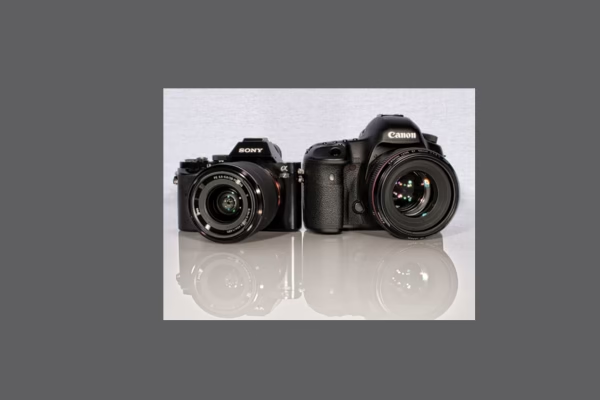Introduction: Why Sustainability Matters in Photography
Photography is a powerful art form — one that captures stories, emotions, and moments in time. But like many creative industries, it comes with an environmental cost. From energy-hungry studio lighting to single-use props and travel-heavy shoots, photography has traditionally left a sizable carbon footprint.
In 2025, both in Europe and the USA, a growing movement of photographers is shifting toward eco-conscious practices. Whether you’re a professional or an enthusiastic hobbyist, adopting sustainable photography isn’t just responsible — it’s increasingly becoming a creative standard.
1. Eco-Friendly Equipment Choices
The first step in sustainable photography is smarter gear choices. Rather than chasing the latest camera model each year, many photographers are choosing:
- Longer-lasting, modular cameras that can be upgraded rather than replaced
- Refurbished lenses and bodies, which reduce electronic waste
- Solar-powered battery chargers, ideal for outdoor and travel photographers
Some European camera rental companies are even offering “green rentals,” where gear is shipped in reusable packaging and offset with carbon credits.
2. Conscious Lighting and Energy Use
Studio setups can be energy-intensive — especially with traditional strobe lights or continuous lighting.
In 2025, the trend is shifting to:
- LED lighting systems that use significantly less energy
- Motion-triggered or smart lighting, reducing unnecessary usage
- Natural light photography, especially in lifestyle, portrait, and fashion shoots
Studios in eco-conscious cities like Copenhagen, Amsterdam, and Portland are leading the charge, retrofitting spaces to meet new energy standards.
3. Minimal Waste Production on Set
Props, sets, and materials used during shoots often end up in landfills. Here’s how that’s changing:
- Renting or reusing props and backdrops instead of buying new
- Digital backgrounds or AI-generated settings as eco-friendly alternatives
- Recyclable or biodegradable set materials where physical elements are still required
Photographers are also cutting down on single-use plastics, using fabric backdrops, and sourcing wardrobe items from sustainable fashion brands.
4. Greener Post-Production Workflows
Editing and storing large image files can also have a surprising environmental cost, especially with cloud-based servers consuming energy around the clock.
To reduce this impact:
- Use local storage or choose cloud providers that run on renewable energy (like Google Cloud or Apple iCloud)
- Batch edit and export efficiently, minimizing computer usage
- Avoid excessive image hoarding — keep only your best selects
Many professional retouchers are also embracing energy-efficient editing practices, optimizing screen brightness and using dark mode to reduce monitor power draw.
5. Sustainable Travel and Location Shooting
Travel is often essential in photography, especially in genres like landscape, wildlife, and destination weddings. But flights and long-distance drives can be major contributors to carbon emissions.
Eco-friendly trends include:
- Shooting locally or finding creative alternatives closer to home
- Carpooling with crew, or using public transport where feasible
- Offsetting carbon footprints through certified environmental programs
In Europe, where train infrastructure is excellent, many photographers are opting for rail-based travel to reduce air miles. In the U.S., there’s a growing preference for regional shoots to avoid unnecessary flights.
6. Conscious Collaboration
Eco-conscious photographers are increasingly working with like-minded brands and clients who value sustainability.
If you’re a freelancer or business owner:
- Partner with sustainable fashion labels, eco-tourism brands, or environmental nonprofits
- Educate clients on how you incorporate sustainability into your services
- Offer green packages with reduced travel, recycled prints, or digital-only delivery
In cities like Berlin, San Francisco, and Stockholm, “green photography” is becoming a valuable brand differentiator — and a marketing asset.
7. Print Smart, Not Often
Printing is still important in photography — for portfolios, exhibitions, and client work. But the approach is evolving:
- Print on demand, avoiding excess stock
- Use recycled paper or FSC-certified materials
- Choose eco-friendly labs that use sustainable inks and minimal packaging
Digital photo albums and interactive virtual galleries are also replacing traditional prints in many professional settings.
Conclusion: Every Shot Can Be a Statement
In 2025, sustainable photography is more than a trend — it’s a movement toward accountability and innovation. Whether you’re a hobbyist with a DSLR or a full-time commercial photographer, you have the power to reduce your footprint without sacrificing creativity.
By making thoughtful choices in how we shoot, edit, print, and travel, we ensure that the stories we tell with our cameras don’t come at the planet’s expense.

